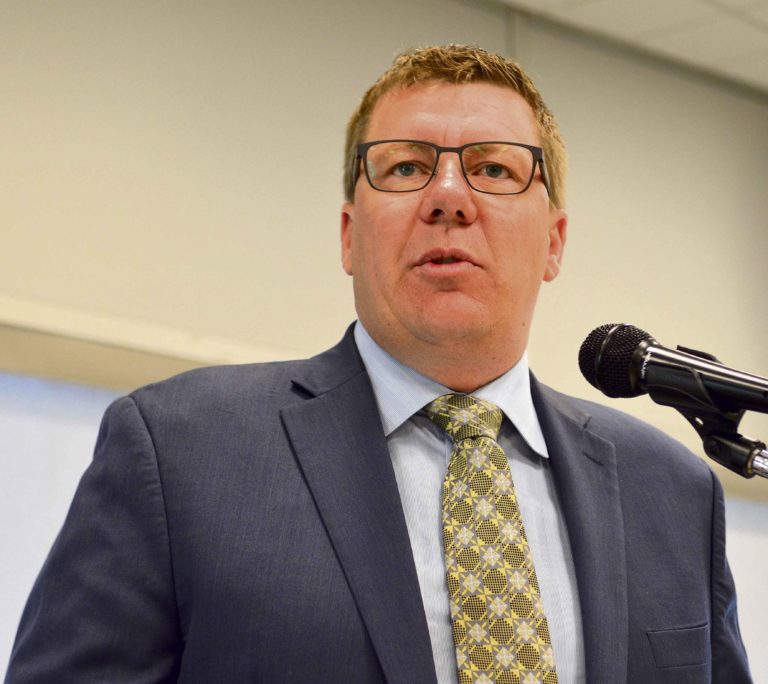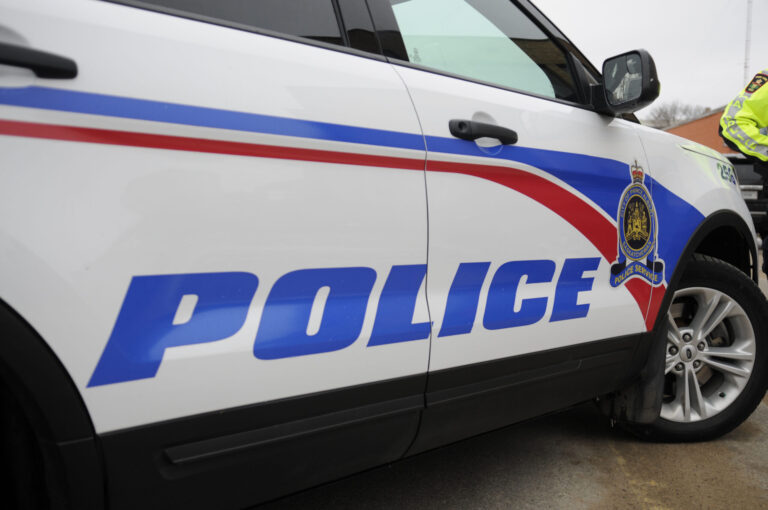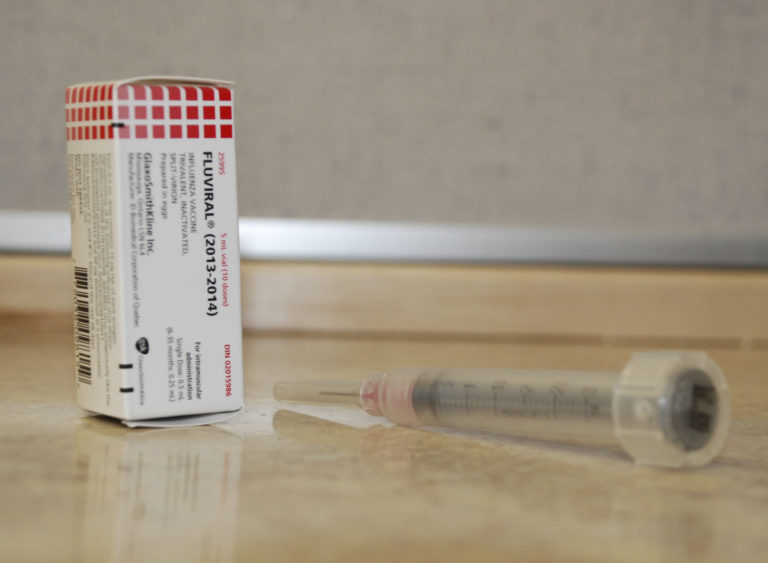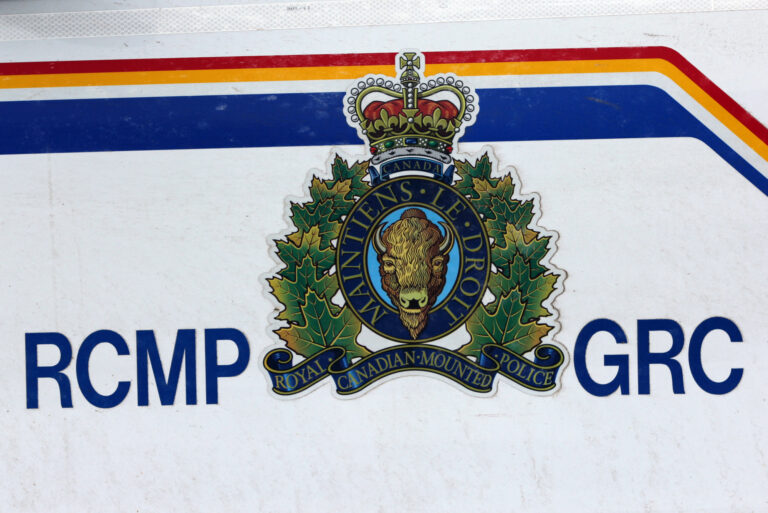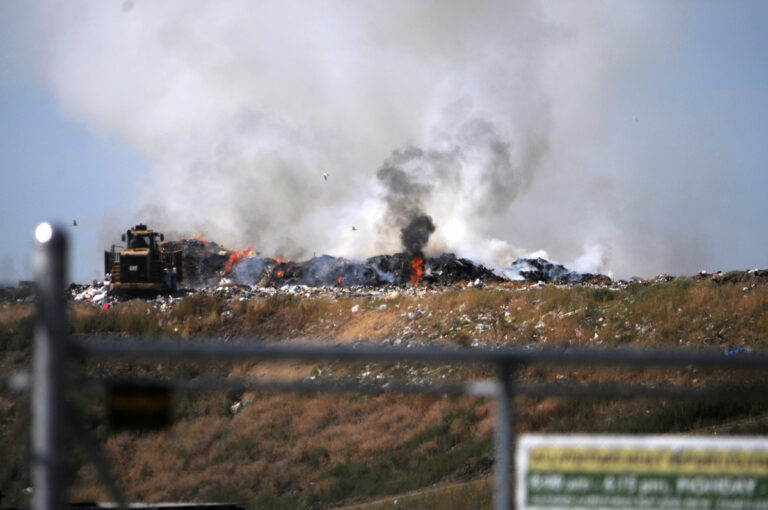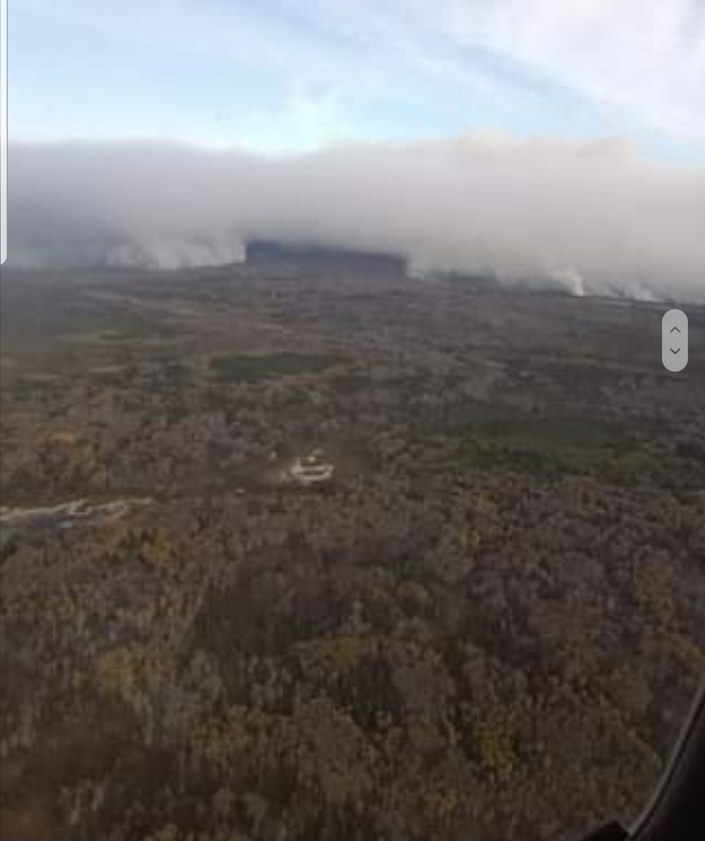Premier Scott Moe took time out of a provincial news conference this morning to address several rumours circulating social media, including one that claims the province is preparing to seize the cattle of unvaccinated people.
Moe called the idea ridiculous and suggested residents stop listening to conspiracies on social media.
“I’ve read, and been talked to, by a number of folks that I’m being paid off by the vaccine makers,” said Moe. “Nothing could be further from the truth. There’s a rumour that there’s a plot for myself or the Minister of Health to go out and seize people’s cows. Also not true.”
The cattle seizure rumour springs from one point in the emergency order that allows the province to place restrictions on businesses and organizations.
Jason Shurka, of the Academy of Divine Knowledge in the United States, and Patricia Monna, a self-described Intuitive Consultant from Calgary, have a YouTube video that claims the province of Saskatchewan is planning to use the emergency order to seize cattle.
Moe said that when the order is read in its entirety, it all makes perfect sense and does not give the province the ability to seize cattle.
“The emergency order is not in place so the Minister of Health or myself can gather up people’s cows. That’s not why it’s in place nor is it actually capable of doing that. In particular in the current form that it’s been passed,” Moe said.
He went on to say that the conspiracy theories are costing lives.
“They’re absolutely ridiculous and it would be funny if the consequences weren’t so serious today. Believing in and spreading anti-vaccine conspiracy theories is actually contributing to people dying from COVID by keeping them from getting vaccinated,” said Moe.
The government gathers its information from experts and doctors, which clearly show that the vaccines are safe and effective.
“This pandemic is being prolonged by unvaccinated people and there’s no reason for it,” Moe said. “The evidence is clear.”
“Vaccines do work. We look at the evidence, we listen to the doctors. We listen to the experts. Stop listening to all of the nonsense that is out there on social media”
He also addressed ongoing comments by unvaccinated people who feel their rights are being restricted.
“I would say the (vaccinated) also have a right as well. They have a right – and the government has had to make a choice – between your right to go to a restaurant, your right to go to a hockey game, your right to go to a gym without providing a proof of vaccination or proof of negative test or other people’s right to access the Saskatchewan health care system and we’ve chosen the latter,” Moe said.
“We’re going to preserve people’s right to access health care in this province.”

